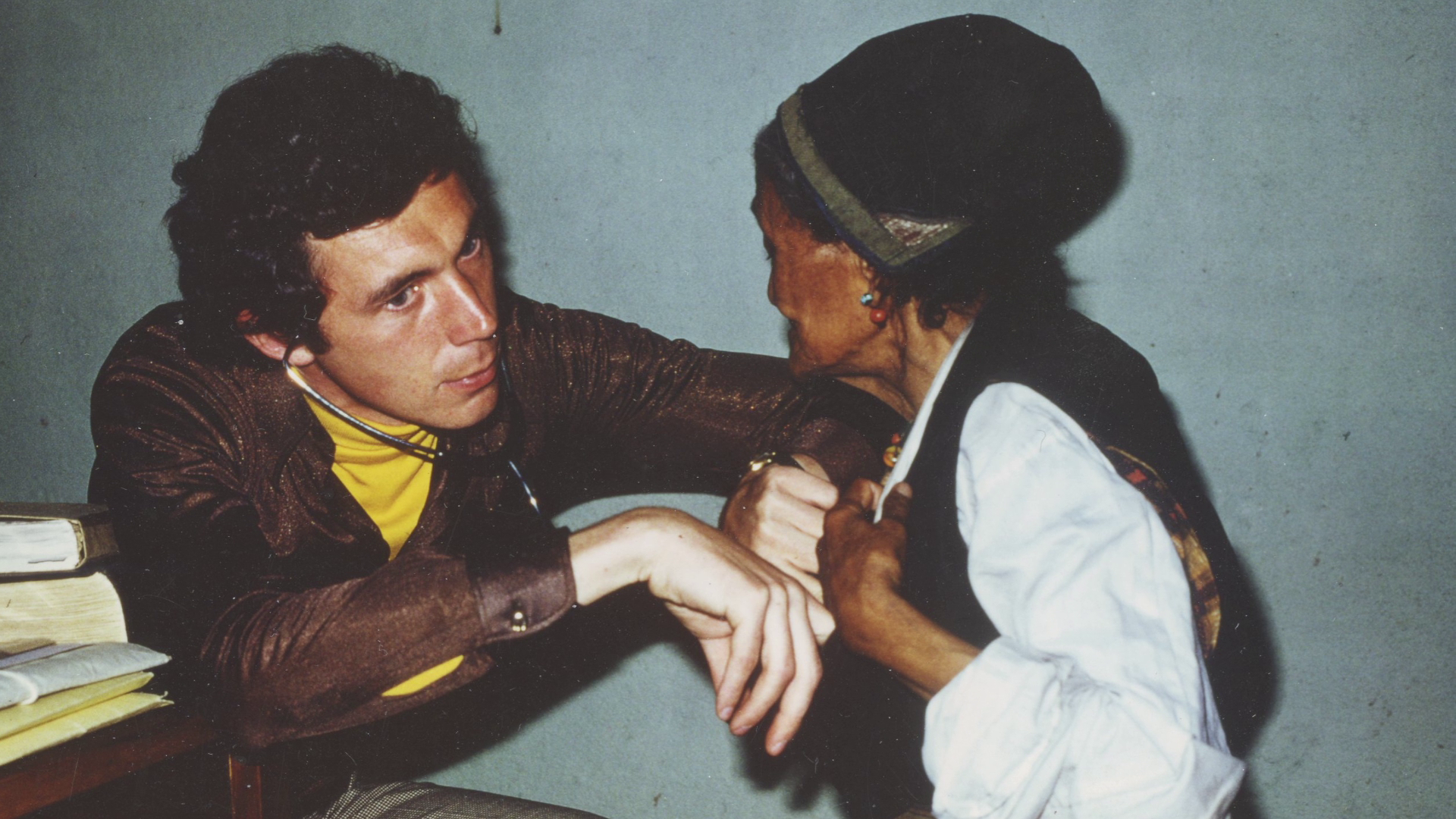Notice
Daniela Berti - Ethnographie des affaires judiciaires en Inde
- document 1 document 2 document 3
- niveau 1 niveau 2 niveau 3
Descriptif
Daniela Berti a soutenu une thèse en anthropologie sociale et ethnologie à l’Université de Florence, Italie. Ses travaux ont initialement porté sur l’analyse des processus interprétatifs, de décision et de jugement dans divers contextes rituels – séances de possession dans les temples, consultations astrologiques, rituels brahmaniques et tantriques – et ont été menés essentiellement en Himachal Pradesh (Inde du Nord). Elle a ensuite développé une ethnographie des affaires judiciaires dans des tribunaux de district et à la High Court de la même région. Son projet actuel se concentre sur des affaires judiciaires mettant en jeu la protection des animaux, en particulier dans le cadre de certaines pratiques rituelles. Elle étudie aussi la question de l’attribution d’une personnalité légale, et donc de droits, aux ressources naturelles (rivières, glaciers), ainsi qu’à certaines espèces ou catégories d’animaux.
Elle a codirigé avec Nicolas Jaoul le programme CNRS, ATIP-Jeunes Chercheurs L’enracinement culturel de l’Hindutva. Médiations locales et formes de résistance (2006-2008) et avec Gilles Tarabout le programme Justice and Governance in Contemporary India and South Asia (just-india) financé par l’Agence Nationale de la Recherche (2009-2012). Elle codirige actuellement l’équipe de recherche Judicialiser la nature. Projet de développement, aires protégées et réformes religieuses en Asie du sud.
Dans la même collection
-
Stephane Gros : Kham Project : Territories, Communities, Exchanges in the Sino-Tibetan Kham Borderl…
GrosStéphaneStéphane Gros est un ethnologue spécialiste des minorités ethniques de la Chine du sud-ouest et des régions frontalières sino-tibétaines. Il a été chercheur principal et coordinateur d’un projet
-
Caroline Sarrazin, la gestion des plans d'eau au Népal
Caroline Sarrazin, doctorante en géographie, étudie l’évolution de la gestion des plans d’eau au sud-est du Népal dans la région des plaines.
-
Olivia Aubriot et Joelle Smadja : recherche interdisciplinaire sur le changement climatique et la r…
Présentation des méthodologies de travail des chercheuses Olivia Aubriot et Joëlle Smadja (Centre d’Études Himalayennes).
-
Gérard Toffin, un ethnologue dans la vallée de Katmandou
Gérard Toffin, ethnologue, a commencé ses recherches sur l’Himalaya en 1970. Il a travaillé principalement sur les communautés rurales et urbaines Néwar de la vallée de Katmandou au Népal. Il s’est
-
Fernand Meyer, un médecin au Népal
Fernand Meyer, né le 9 août 1947, médecin de formation et spécialiste en radiologie, est directeur d'études à l'École pratique des hautes études et fut le directeur du « Centre d’études Himalayennes






